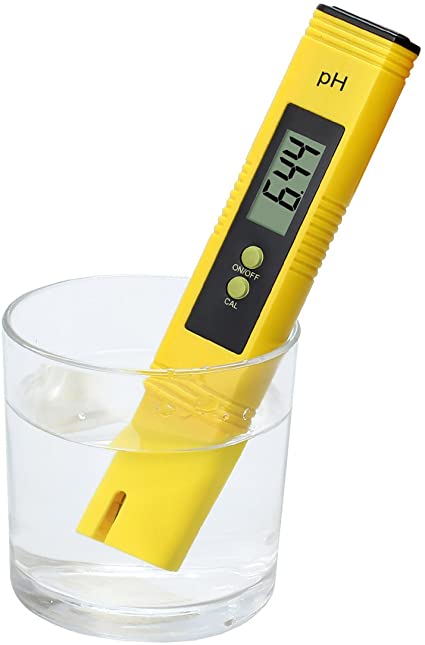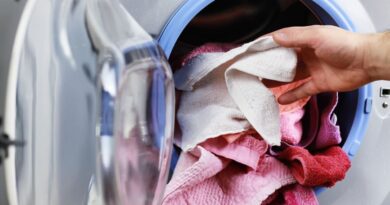Water is a vital element for everybody’s survival. It is rich in nutrients and minerals that fuel the body and trigger better functioning in all the vital organs of a person. Water also quenches your thirst without leaving any side effects to your health. The importance of water makes pH meters, and extensive scientific researches extremely crucial in today’s society.
The drastic shift of several countries and rural cities to a more urbanized way of living also affected the supply and natural flow of clean water across different liquid bodies. With more buildings being built, sewage systems are also installed while trees are cut off to make new establishments.
Experts predict that as early as 2025, several communities in various parts of the world are bound to experience a drastic scarcity in the water supply. Even now, countless countries are already in the middle of struggling with reduced supply and water quality for consumption. People living in areas with very little water supply have to travel far to find water they can use for cleaning, cooking, and quenching their thirst. Otherwise, they resort to drinking murky and contaminated water in the hopes of surviving another day.
All harsh realities and predictions aside, is there no hope to change the trajectory of these forecasts?
The good news is there is still so much that can be done to increase the water supply and maintain its quality. People can start by being more disciplined and throwing their trash in the bin. Stop discarding the trash in bodies of water to prevent contamination.
Planting more trees over erecting more buildings help balance the give and take of natural resources. It also helps create a bigger pathway for water to pass through. If clean water can move freely from one body to another, it also ensures a steadier supply to far-flung areas globally.
Aside from pollution and extreme modernization, the uncontrolled population growth contributes to the increasing disproportion among countries when it comes to a stable water supply. With more and more people in need of water to consume, resources are also being strained day by day.
Climate changes affect the levels of acidity in rainwater and bodies of water as well. If lakes or rivers produce highly acidic water, then it becomes unsafe for consumption. In contrast, pure water should have a pH level of 7 and is non-reactive to allergens, infections, and other diseases related to highly acidic or basic water.
Experts should also focus on evaluating the consistency and effectiveness of the apparatuses they are using to inspect water surrounding everybody on this planet. Investing in hi-tech facilities to check water quality is a good countermeasure for determining the presence of any health risks, hazards, or signs of potential water shortage. From checking the acidity and alkalinity of liquid solutions using trusty pH metres to studying microorganisms living in it, it becomes easier to pinpoint the possibilities that await the world in the future. Advanced facilities and equipment take off a huge chunk of time and enable faster processing of discoveries related to maintaining and checking water quality in various areas.
Water supply and quality provide concrete references for how scientists can improve the future generations’ quality of life. It is not meant to scare people, but rather, it is discussed and dissected to help everyone be more cautious about their life choices that directly affect humanity’s dependence on earth’s natural resources.








